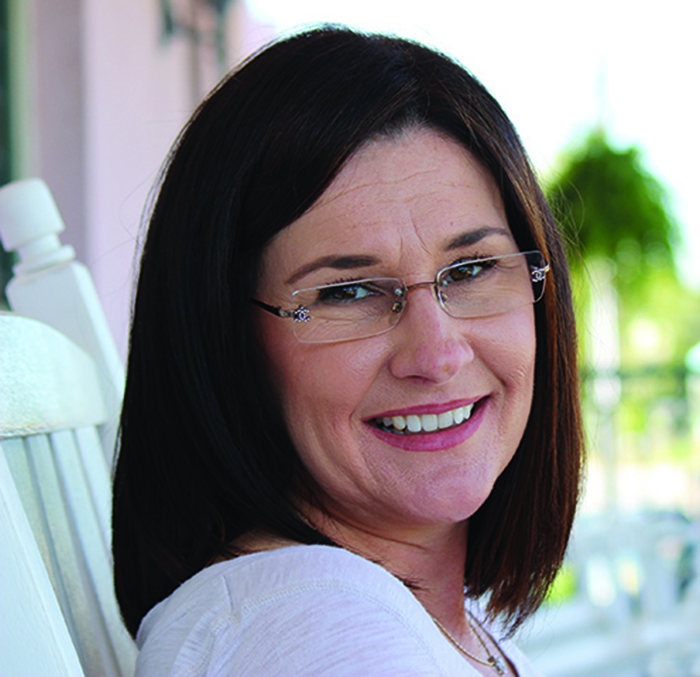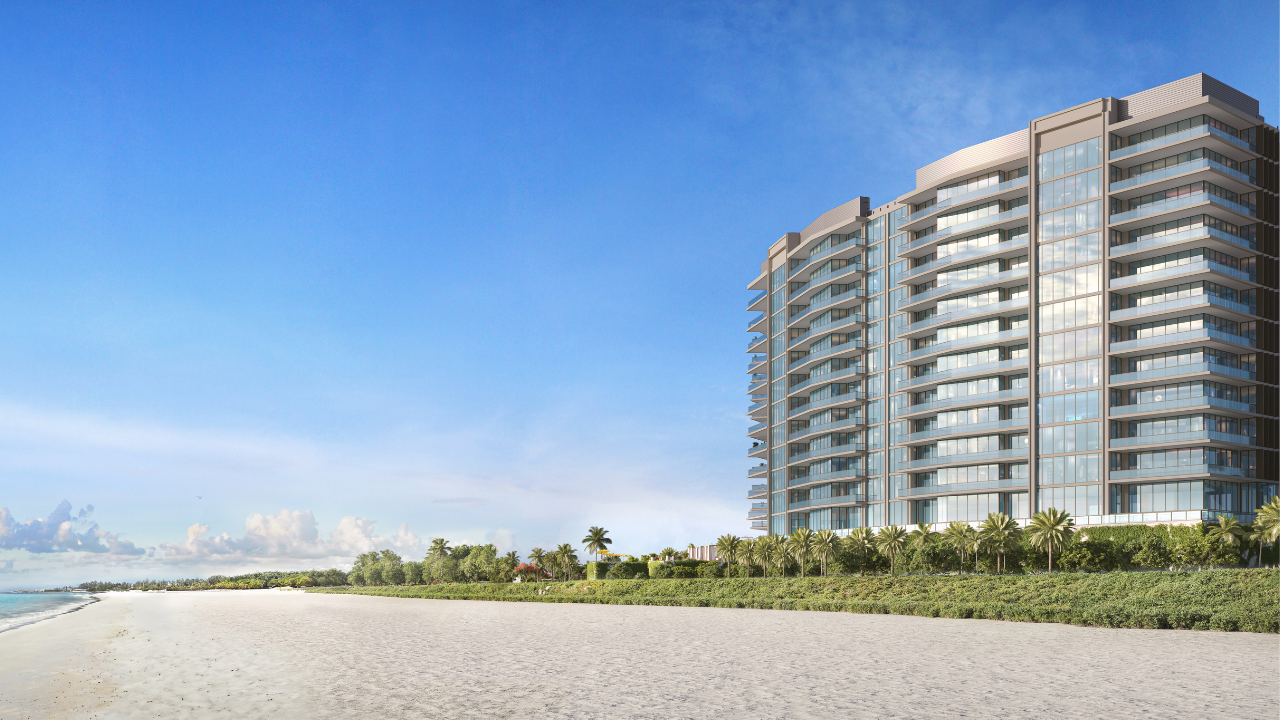Miami Beach’s Lincoln Road shopping district isn’t an epicenter of luxury retailers like Chanel, Cartier or Louis Vuitton. It’s not an easy in-and-out shopping venue for grabbing a last minute gift or party dress. It’s not logistically attractive for buying a large piece of art or bulky household item that would need to be hauled back to where you just paid $20 to park your car.
And with stores such as Zara, Ann Taylor Loft, Forever 21 and Victoria’s Secret, Lincoln Road retail offerings are comparable to any other mall and outdoor entertainment center in America.
But there is one stark difference that sets the outdoor promenade apart: Lincoln Road is uniquely high profile and a member of a very elite High Street club. Because of that, retailers that want to be there are now paying a Tiffany price tag.
The outdoor shopping corridor, which spans a million-square-foot street swath between Alton Road and Washington Avenue, was ranked one of the top 10 most expensive retail streets in the Americas, according to a recently released Cushman & Wakefield report.
Coming in tenth with rental rates of $325 per square foot, Lincoln Road joins New York’s Fifth Avenue, Times Square, Madison Avenue, Chicago’s Michigan Avenue and Los Angeles” Rodeo Drive as a top rent-getting address.
That said, the rents on those other corridors still far exceed Lincoln Road rates as to make them look cheap.
Greg Masin, senior director of retail brokerage at Cushman & Wakefield, says it is really less about the dollar figure and more about the company that Lincoln Road now keeps.
“Lincoln Road has become one of those streets – because it is in the mix with those others – that has become relevant as a branding opportunity,” Masin says. “The real discussion is not what the rents are, but what is an eyeball worth.”
There’s little argument that millions of visitors stream through the pedestrian-only corridor every year.
They eat, they gather, they stroll, they browse, but veteran retail broker Sharon Dresser wonders if they shop enough to make that big Lincoln Road rent check worthwhile.
“Although it gets a lot of traffic, I don’t see a lot of shopping bags,” says Dresser, president of High Street Retail USA in Miami. “There are a lot of brands that might have wanted to go to Lincoln Road, but couldn’t justify the rent.”
Dresser notes that many of those now priced-out stores are the newer, hipper retail concepts. They are now taking their coolness to more affordable districts such as Wynwood Block, a new retail redevelopment project that takes up a whole city block on Northwest Second Avenue between 26th and 27th streets.
And Dresser argues that this is making Lincoln Road, well, “generic.”
Masin, whose firm is marketing several storefronts along Lincoln Road, says Lincoln Road caters to the masses. But that doesn’t undermine the reality that it has risen to such international recognition that it has become a highly strategic brick-and-mortar venue for many chains.
�Rents have doubled, and the tenant mix has shifted to tenants that can pay those types of rent,” Masin says.
But it is unlikely that rents can continue to accelerate at that same pace, he says, and even less likely that they will ever reach the Times Square-level stratosphere of $2,300 a square foot.
Lincoln Road is an exaggerated microcosm for what is happening to rents across Miami-Dade County. Since 2009, retail rents have almost doubled countywide with average asking rents topping more than $45 a square foot at the close of the third quarter, according to CBRE data. Vacancy sits at less than four percent.
That trend is unlikely to change any time soon.
CBRE forecasts that the metro Miami area will be the second strongest market behind Denver for retail rent growth during the next two years at a rise of 8.7 percent. Comparatively, rents in Fort Lauderdale are only projected to grow 2.3 percent and 1.5 percent in West Palm Beach.
“A lot of the driver is the Latin American visitor,” says Jeanette Rice, Americas head of investment research for CBRE. “They just come to do shopping. It’s for luxury goods, for electronics – there is just a lot more variety for them.”
Freelance writer Darcie Lunsford is a former real estate editor of the South Florida Business Journal. She is the Senior VP for leasing at Butters Group and is avoiding a conflict of interest in her column by not covering her own deals. ?















